(Washington, D.C. — May 18, 2016) Dairy leaders applaud the House Education and the Workforce Committee for including key dairy provisions in the Improving Child Nutrition and Education Act of 2016, which was approved today by the committee. A bipartisan amendment by Congressmen G.T. Thompson (R-PA) and Joe Courtney (D-CT), specifically targeted at addressing declining school milk consumption, was unanimously approved.
“Fluid milk consumption in schools has declined in recent years, and in fact most Americans are drinking less milk than recommended by the 2015 Dietary Guidelines for Americans (DGA),” said J. David Carlin, senior vice president of legislative affairs and economic policy at the International Dairy Foods Association. “The fact that the school milk provisions have bipartisan support in this bill is an indication of how important it is to promote better consumption of milk by the nation’s students.”
“This bill takes an important step toward reversing the decline in school milk consumption by asking USDA to examine how to ensure that kids are getting enough milk,” said Jim Mulhern, president and CEO of the National Milk Producers Federation. “By better aligning the school lunch program with the dietary guidelines, options including 1% flavored milk will be back on the lunch tray in school cafeterias as a result of this legislation.”
The dairy organizations voiced their support for the Thompson-Courtney amendment in a joint letter sent Tuesday to Reps. John Kline and Robert Scott – the committee chair and ranking member, respectively – of the House Education Committee.
That amendment bolsters recommendations made in the DGA, released earlier this year, which says current laws should continue to make milk integral to all the child nutrition programs. It also requires adjustments as necessary to promote better consumption of milk by the nation’s students and to permit schools to offer all varieties consistent with the Dietary Guidelines for Americans. The bill also provides innovative approaches to meet the needs of lactose-intolerant children.
“Milk and other healthy dairy foods have always been integral to child nutrition programs, from school lunches and breakfasts to Women, Infants, and Children (WIC), Child and Adult Care Food Program (CACFP) and other programs that serve our youth and vulnerable, at-risk populations,” the letter said. “As the expert advisory panel on the DGA stated, “Consumption of dairy foods provides numerous health benefits, including lower risk of diabetes, metabolic syndrome, cardiovascular disease and obesity. Along with dairy’s long-established role in promoting bone health, reducing the risk of insidious chronic diseases and conditions demonstrates why milk is offered with every school meal and dairy foods are prominent parts of other nutrition assistance programs.”
The bill will now move to consideration by the full U.S. House of Representatives.
###
About IDFA
The International Dairy Foods Association (IDFA), Washington, D.C., represents the nation’s dairy manufacturing and marketing industries and their suppliers, with a membership of 550 companies within a $125-billion a year industry. IDFA is composed of three constituent organizations: the Milk Industry Foundation (MIF), the National Cheese Institute (NCI) and the International Ice Cream Association (IICA). IDFA’s nearly 200 dairy processing members run nearly 600 plant operations, and range from large multi-national organizations to single-plant companies. Together they represent more than 85 percent of the milk, cultured products, cheese, ice cream and frozen desserts produced and marketed in the United States. IDFA can be found online at www.idfa.org.
About NMPF
The National Milk Producers Federation, based in Arlington, VA, develops and carries out policies that advance the wellbeing of dairy producers and the cooperatives they own. The members of NMPF’s cooperatives produce the majority of the U.S. milk supply, making NMPF the voice of dairy producers on Capitol Hill and with government agencies. Visit www.nmpf.org for more information.

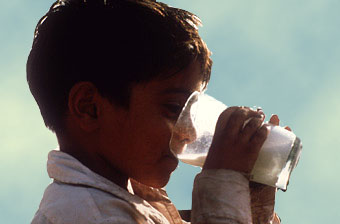 In its continued effort to counter a World Health Organization (WHO) proposal that would discourage the consumption of dairy products by young children, NMPF is calling on the White House and Congress to challenge the WHO guidance.
In its continued effort to counter a World Health Organization (WHO) proposal that would discourage the consumption of dairy products by young children, NMPF is calling on the White House and Congress to challenge the WHO guidance. WASHINGTON, D.C. – The U.S. dairy industry today urged the White House to challenge a World Health Organization (WHO) proposal that would discourage the consumption of dairy products by young children, advice that contradicts the recommendations of respected national and global health organizations that endorse milk for its nutritional value.
WASHINGTON, D.C. – The U.S. dairy industry today urged the White House to challenge a World Health Organization (WHO) proposal that would discourage the consumption of dairy products by young children, advice that contradicts the recommendations of respected national and global health organizations that endorse milk for its nutritional value.
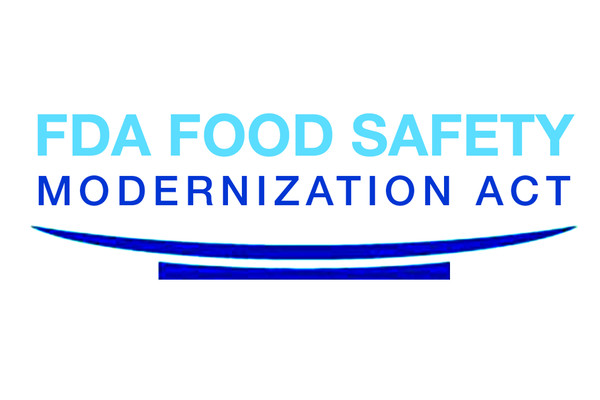 NMPF staff will host a members-only webinar on Wednesday, May 18, at 2:30 p.m. EST, to provide a brief overview of the FSMA rule for the Sanitary Transportation of Human and Animal Food, specifically highlighting application of this regulation to the dairy industry.
NMPF staff will host a members-only webinar on Wednesday, May 18, at 2:30 p.m. EST, to provide a brief overview of the FSMA rule for the Sanitary Transportation of Human and Animal Food, specifically highlighting application of this regulation to the dairy industry.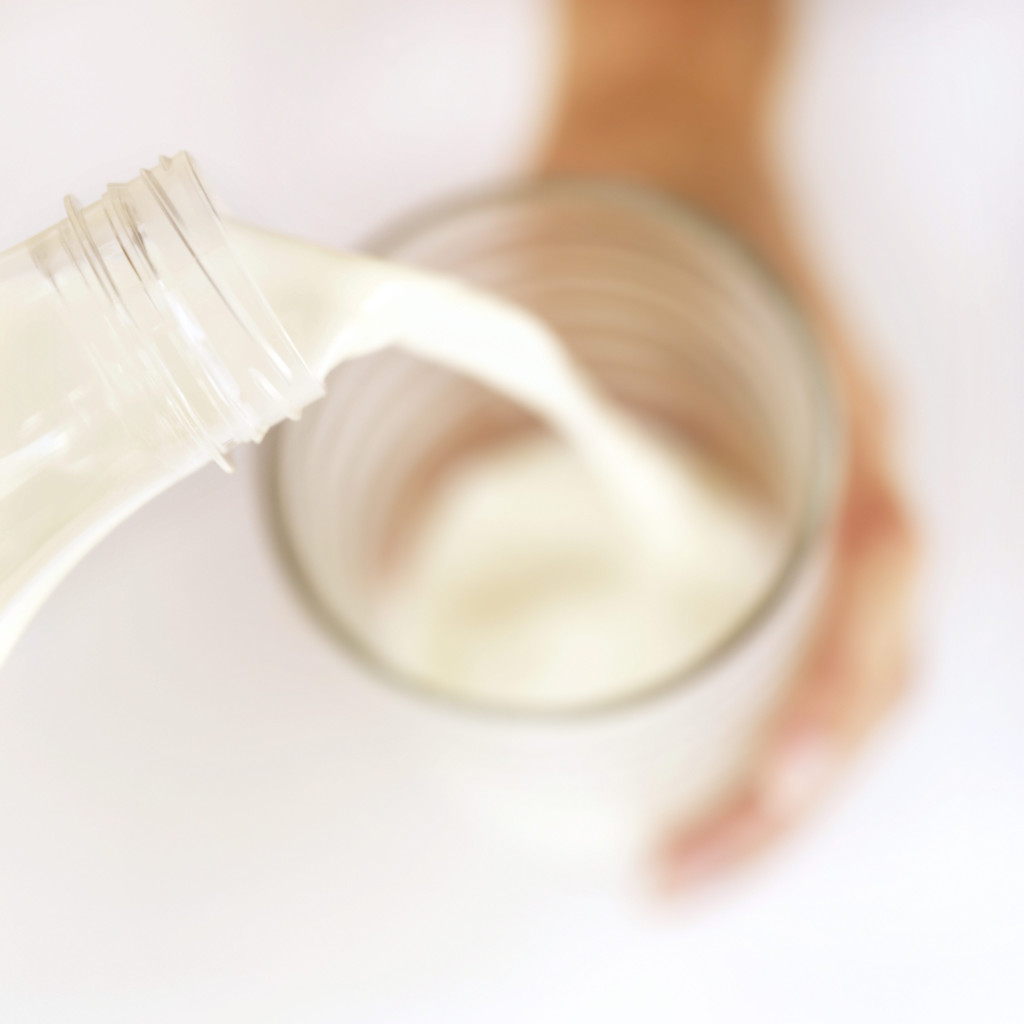 A state bill aimed at legalizing the sale of raw milk in Louisiana is dead for the year, thanks in part to NMPF’s comments vehemently opposing the legislation.
A state bill aimed at legalizing the sale of raw milk in Louisiana is dead for the year, thanks in part to NMPF’s comments vehemently opposing the legislation.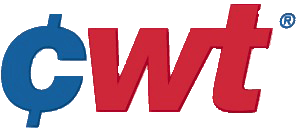 Cooperatives Working Together member cooperatives received 32 contracts last month to sell 5.979 million pounds of cheese, representing a nearly 50-percent increase in total assisted cheese exports for 2016. CWT members also received contracts totaling 5.657 million pounds of whole milk powder in April. These products will go to customers in Asia, Central America, the Middle East, North Africa, Oceania and South America. The product will be shipped from April through October 2016.
Cooperatives Working Together member cooperatives received 32 contracts last month to sell 5.979 million pounds of cheese, representing a nearly 50-percent increase in total assisted cheese exports for 2016. CWT members also received contracts totaling 5.657 million pounds of whole milk powder in April. These products will go to customers in Asia, Central America, the Middle East, North Africa, Oceania and South America. The product will be shipped from April through October 2016.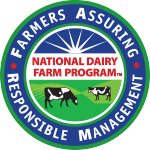 The Farmers Assuring Responsible Management (FARM) Program continues to release new and updated materials for Version 3.0 of the program. Newly available materials include the Veterinarian-Client-Patient Relationship form, the Dairy Cattle Care Training and Ethics Agreement, and an Emergency Contacts poster. They can be found on the homepage of the
The Farmers Assuring Responsible Management (FARM) Program continues to release new and updated materials for Version 3.0 of the program. Newly available materials include the Veterinarian-Client-Patient Relationship form, the Dairy Cattle Care Training and Ethics Agreement, and an Emergency Contacts poster. They can be found on the homepage of the  The U.S. Department of Agriculture (USDA) announced several important improvements to the dairy safety net Margin Protection Program (MPP) last month, following recommendations from the National Milk Producers Federation about ways to improve the program.
The U.S. Department of Agriculture (USDA) announced several important improvements to the dairy safety net Margin Protection Program (MPP) last month, following recommendations from the National Milk Producers Federation about ways to improve the program.



